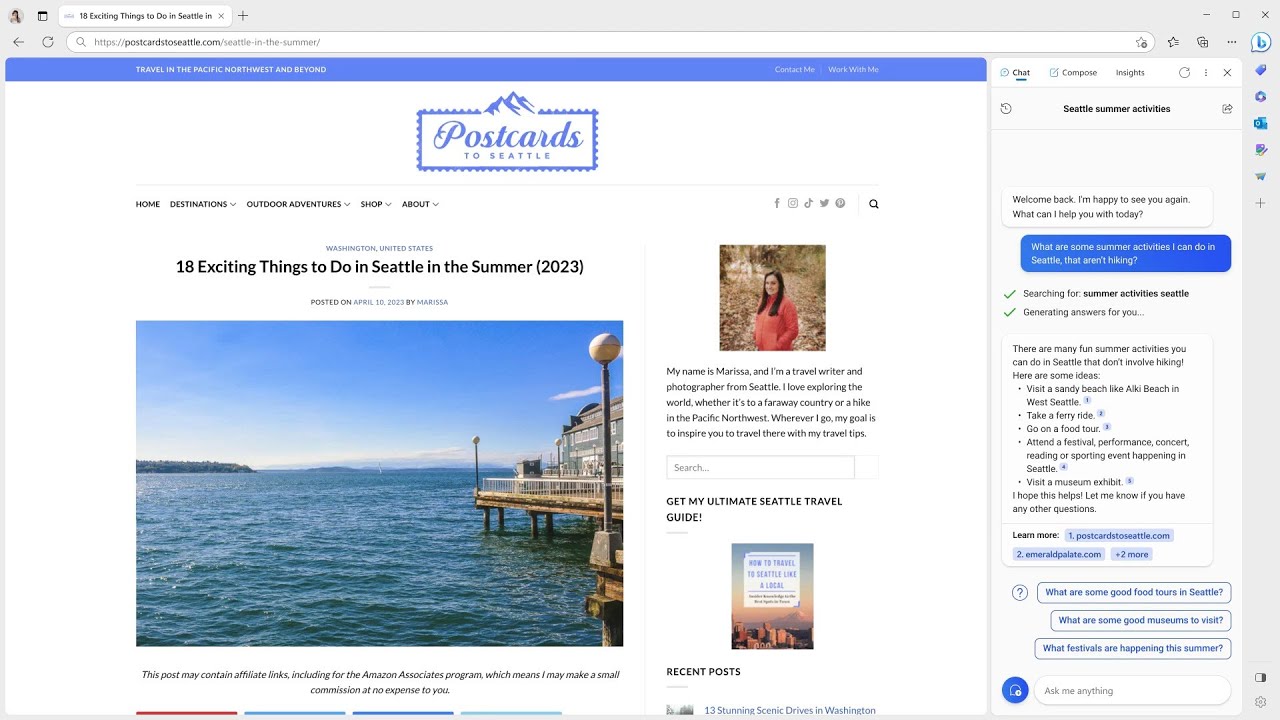Below is a condensed, TL;DR version of the Microsoft’s blog post…
-
The GPT-4 powered chatbot is now open for everyone to try out without a waitlist. You would still need a Microsoft account and the Edge browser to use it, however.
-
Image & Video search results: The chatbot will now pull up relevant images, videos, charts and graphs in response to our search prompts as they said “the human brain processes visual information about 60,000 times faster than text”.
-
Chat history
 : The first enhancement is pretty self-explanatory if you are already familiar with ChatGPT. As shown in the video below, we could soon move between different chats and continue where we left off (though I am not sure how the current session limit of 20 queries will affect this experience).
: The first enhancement is pretty self-explanatory if you are already familiar with ChatGPT. As shown in the video below, we could soon move between different chats and continue where we left off (though I am not sure how the current session limit of 20 queries will affect this experience).
- Persistent chat: Essentially, after you click on a link provided by the chatbot and the browser redirect to a new page, the “full chat UX” as I call it would minimize into the Edge sidebar, allowing you to continue the conversation with the chatbot. As the existing sidebar could scan most of the pages that you are on and provide summary, compare items, etc. This feature would be undoutbedly rather useful.
- Bing Actions a.k.a. Plugins
 : As the chatbot utilize OpenAI’s GPT-4 technology (which is the same as ChatGPT). And since ChatGPT has already had plugins support, why not for the Bing chatbot? Soon you will be able to book restaurant, flights, and more without leaving the chat UI (albeit I suppose it would work best in the US).
: As the chatbot utilize OpenAI’s GPT-4 technology (which is the same as ChatGPT). And since ChatGPT has already had plugins support, why not for the Bing chatbot? Soon you will be able to book restaurant, flights, and more without leaving the chat UI (albeit I suppose it would work best in the US).
The announcement came out just days before Google annual I/O developer conference, which is scheduled for May 10, 2023. If we are talking about PR, then this is a classic “stealing the thunder” move from Microsoft, so it is interesting to see what Google has in store for us by next Wednesday ![]()

